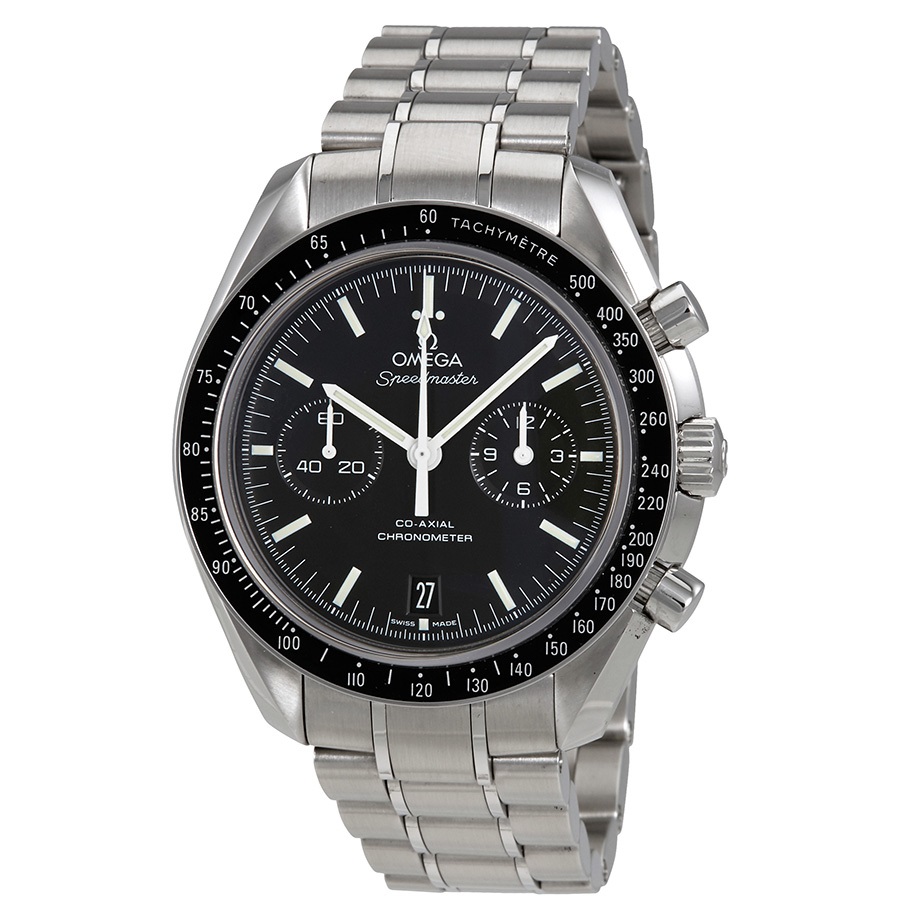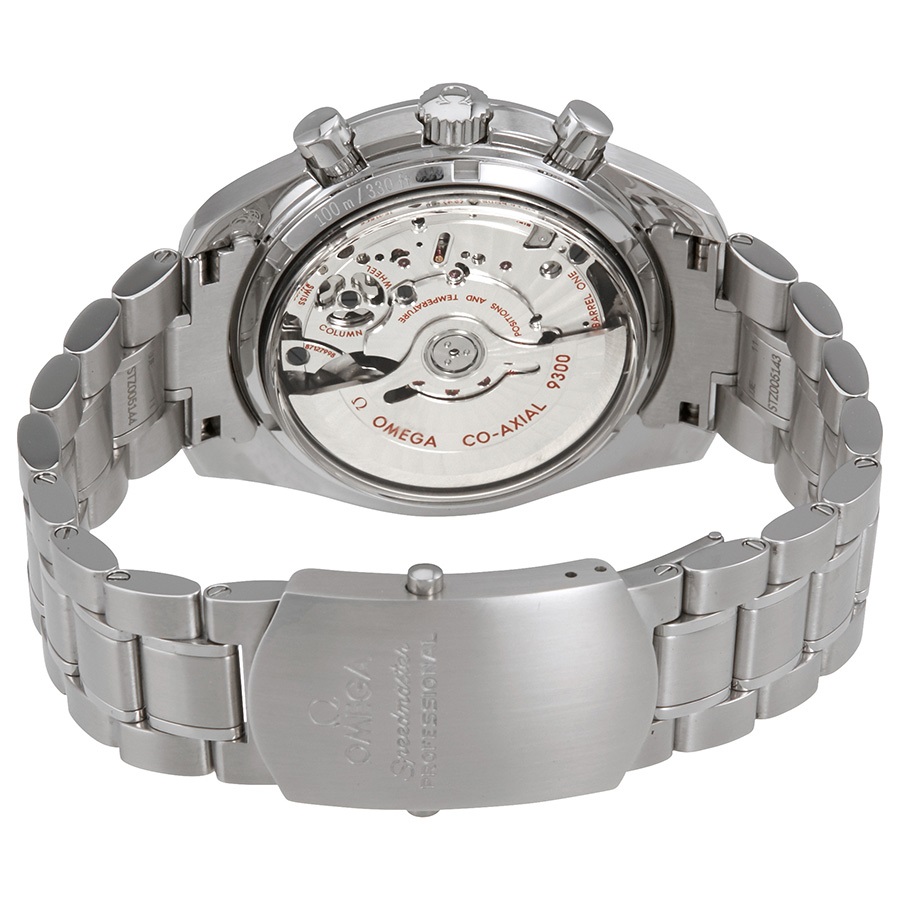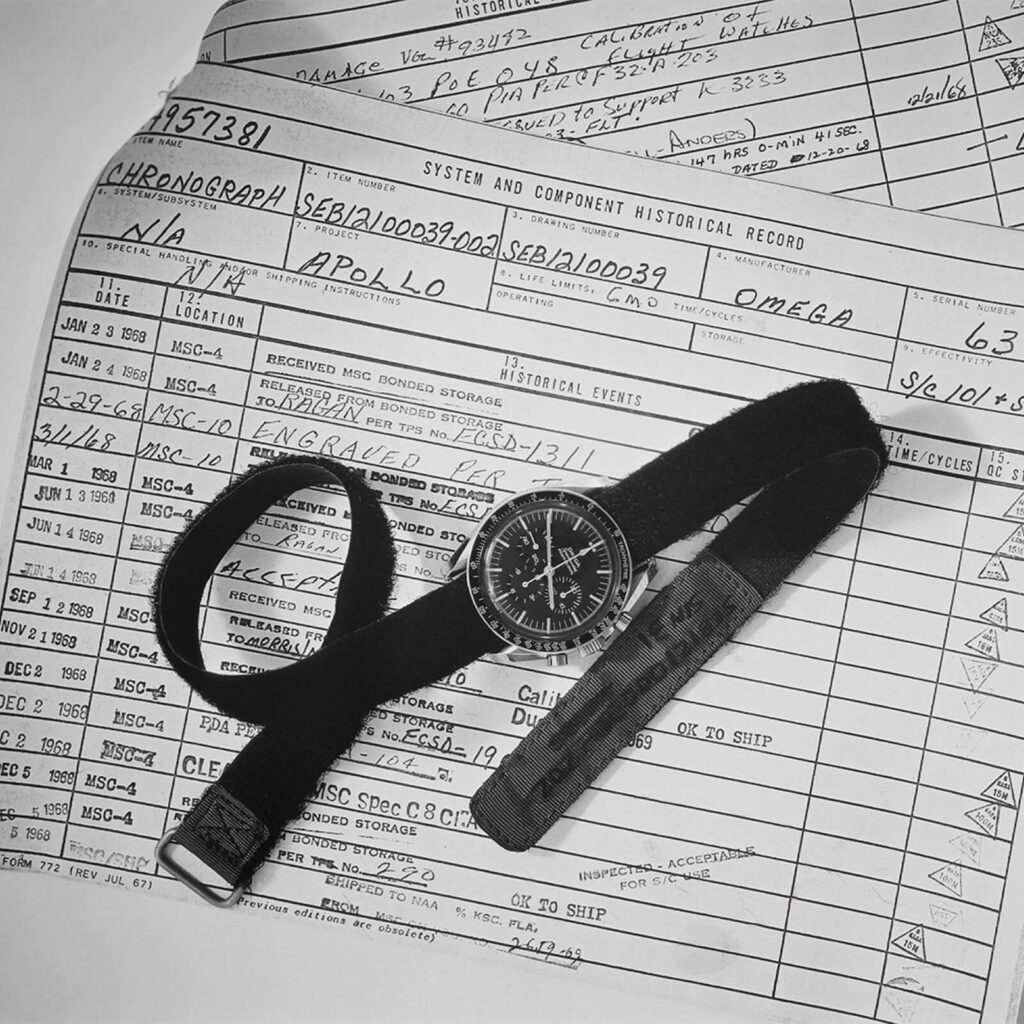The Moonwatch, also known as the Omega Speedmaster, holds an esteemed position in the world of watches and space exploration. It gained fame for its durability, precision, and iconic design, as it was the first watch to accompany astronauts on their historic journey to the moon. In this blog post, we will explore the fascinating story of how the Moonwatch came into existence, tracing its origins and its pivotal role in space exploration.


Omega Men’s Speedmaster Moonwatch Chronograph Stainless Steel Black Dial Watch
The Birth of the Omega Speedmaster:
The story of the Moonwatch begins in 1957 when Omega introduced the Speedmaster collection. Initially designed for automobile racing enthusiasts, the Speedmaster quickly gained a reputation for its toughness and accuracy. Little did anyone know at the time that this timepiece would become an integral part of human space exploration.
NASA’s Connection:
In the early 1960s, as NASA embarked on its Mercury program to send American astronauts into space, they needed wristwatches that could withstand the harsh conditions of space travel. Rolex, Longines-Wittnauer, Hamilton, and Omega were among the watch manufacturers who summited a watch for testing.
Longines, Rolex, and Omega Rigorous Testing
During the selection process for NASA’s astronaut wristwatches, Longines-Wittnauer presented the reference 235T chronograph, Rolex US offered the reference 6238 chronograph, and Omega US submitted the Speedmaster 105.003. It’s worth noting that the Rolex 6238 and the Longines-Wittnauer 235T both utilized the Valjoux 72 movement, while the Speedmaster relied on the Lémania-based caliber 321 movement.
Testing and Certification:
Only one chronograph survived and in 1965, the Speedmaster (ST 105.003). NASA engineers and astronauts subjected the Speedmaster to grueling tests. They evaluated its resistance to extreme temperatures, vibrations, shocks, pressure changes, as well as its timekeeping accuracy and legibility in various lighting conditions. The Speedmaster not only met but exceeded these rigorous criteria, earning the title of “flight-qualified by NASA for all manned space missions.”

Apollo Program and the Moon Landing
In 1965, NASA astronauts began wearing the Omega Speedmaster during space missions, including the iconic Gemini and Apollo programs. However, it was the Apollo 11 mission in 1969 that elevated the Speedmaster to legendary status. Neil Armstrong, Buzz Aldrin, and Michael Collins all wore the 4th generation Speedmasters. Armstrong and Aldrin had the Speedmaster Professional reference 105.012 (-65 for Armstrong’s) while Collins wore the Speedmaster Professional 145.012-68 during the historic moon landing. Armstrong’s Speedmaster became the first watch to measure time on the moon when the Apollo Lunar Module Eagle touched down on the lunar surface.
From that moment on, the Speedmaster 105.003, Speedmaster Professional 105.012, and 145.012 were proudly worn to the moon on subsequent missions until the last Apollo mission in 1972. Interestingly, the Speedmaster Professional 145.022 with the caliber 861 was never worn on the moon but near it during Apollo 17 as a board instrument by astronaut Ron Evans. Omega remained dedicated to shipping Speedmasters with the NASA-qualified caliber 321, even though the caliber 861 had been introduced in 1968.
The Omega Speedmaster, fondly referred to as the Moonwatch, has rightfully earned its place in both horological and space exploration history. From its beginnings as a sports chronograph to its role as the watch that accompanied astronauts to the moon. Whether you are a watch collector, space enthusiast, or simply appreciate the fusion of history and engineering, the Moonwatch stands as a timeless symbol of human achievement and exploration.
Featured Image
Ethoswatches – https://cdn4.ethoswatches.com/the-watch-guide/wp-content/uploads/2019/07/Omega-celebrates-50-years-moon-landing-Apollo-11-first-watch-worn-on-the-moon-Speedmaster-Moonwatch-iconic-watches-D-sp-i-2.jpg

